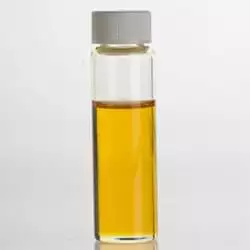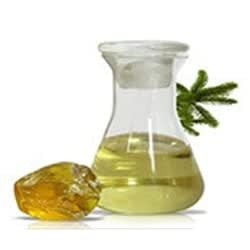Terpinyl Acetate
|
IUPAC Name |
: C12H20O2 |
|
Cas Number |
: 80-26-2 |
|
HS Code |
: - |
|
Formula |
: C12H20O2 |
Basic Information
|
Appearance Name |
: Clear Liquid |
|
Common Names |
: Terpinyl Acetate |
|
Packaging |
: 170-250 KG Net Galvanized Iron Drum |





